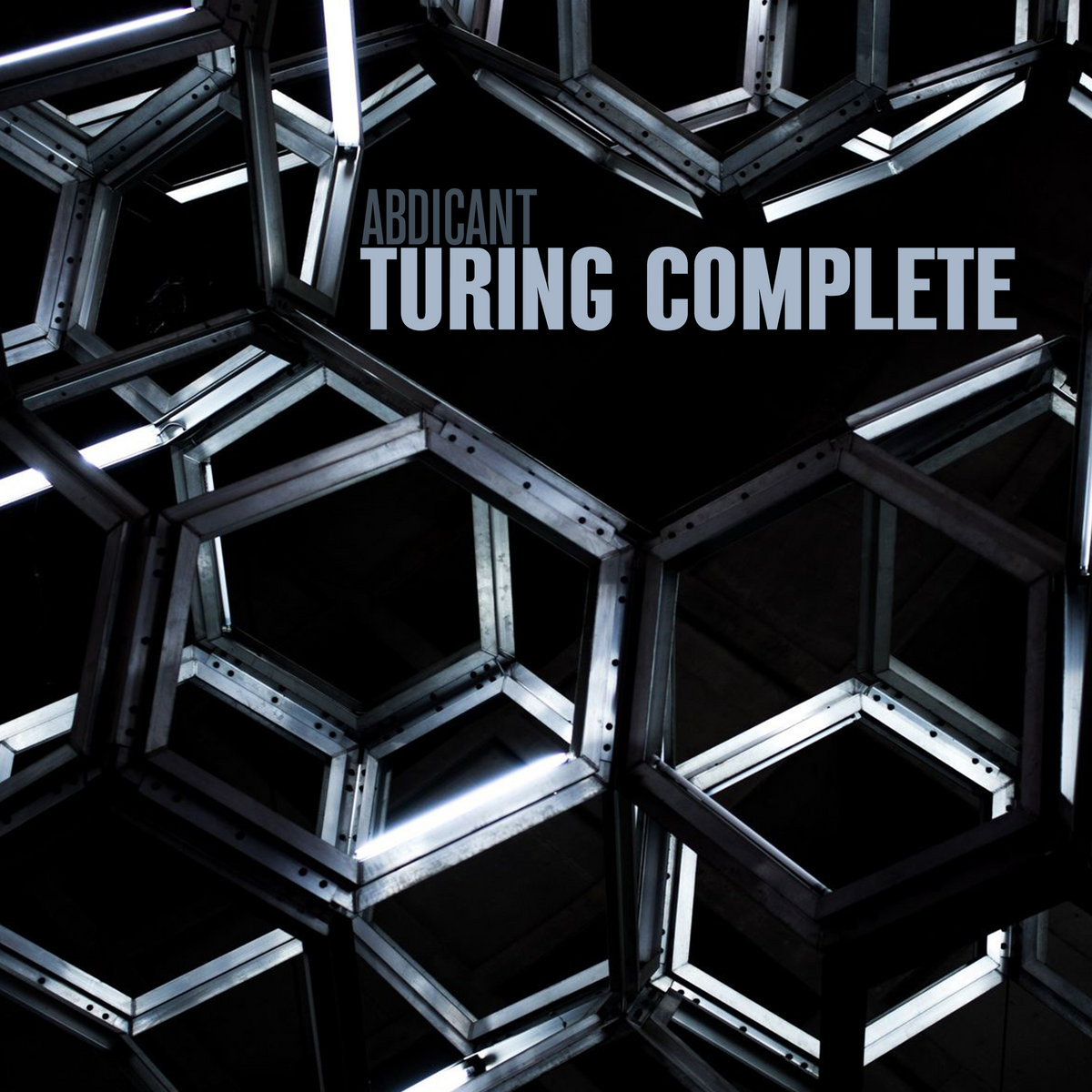Valentina Maza and Veronica Zondek
“Cantos a la grieta encendida”
The story of Vagido, the poetry book by Verónica Zondek, is intense and extensive. The first publication in 1990 (Ediciones Embalaje, Colombia) took its author by surprise. The second edition appeared the following year at Editorial Último Reino in Buenos Aires. It wasn’t until 2014 that we encountered it in Chile, thanks to Alquimia Ediciones, in a special release that included a new poem, a work of poetic art, fragments of interviews, and critical texts. A perfect box set, as we might call it in musical terms.
Some of these texts are heard in Cantos a la grieta encendida, ), this album published by Pueblo Nuevo, a label that, while offering its productions for digital download, takes care to surround the music with reviews, credits, and artwork, all those elements that belonged to the album covers of our cassettes and CDs and that have now disappeared inside streaming lists. Thanks to this information, then, we can learn in more detail that, in addition to Verónica Zondek‘s poems, Valentina Maza composed, produced, interpreted the machines and violas, and participated in the mixing. A mix, by the way, in which the author’s voice is predominantly in the foreground most of the time.
In the epilogue to the second edition of Vagido, María Teresa Adriasola (Elvira Hernández) warned of “the phonic redundancy of this poetry (internal rhymes, alliterations, assonances, annomination, etc.), repetitions that also extend in words, verses, without harmonizing. These sounds, producers of a concert of disconcerting internal echoes, beats, clatter, are relentless, and their discord is part of the anguishing migraine that surrounds childbirth and the wails of the newborn.” It is very valuable to read this description in light of the interpretation that unfolds here: fragmented words, detached from their pronouns, where some playful acts stand out, like the “T” of the first track (which, as noted in a footnote of the book, refers to both the dative condition and the “T” of the intrauterine device, as well as the first letter of the name Tamara and “anything else that can be attributed to the sound of that letter that drumrolls and makes itself present”). These repetitions remain rooted in a constant rhythm, where the anxiety of the pulsations that are piling up is perceived.
“She found the rhythm”, Verónica tells me about the music that Valentina Maza created after recording her voice. And she has also created a completely different dimension. If we imagine the interior space as a flow of slow and muted sounds, here the exterior emerges, and we can hear birds, winds, stars, galactic explosions, as real as unreal, populating an immense landscape. A symbol comes to mind, the mandorla, wherein the superimposition of two circles produces an almond shape that, as Juan Eduardo Cirlot explains, represents the “union, the zone of intersection and interpretation” of the upper and lower worlds, of heaven and earth, and also represents “the perpetual sacrifice that renews creative force through the double current of ascent and descent (appearance, life and death, evolution and involution”.
I believe I have heard something of that sacrificial character in some specific moments where the scraping on the viola’s strings sounds with clear definition, those strings that must be sufficiently tense to vibrate. Perhaps in this we can find the point of greatest connection between Valentina Maza ‘s music and Verónica Zondek‘s poetry, for whom the word “must sometimes twist to find the way it returns to be charged with meaning. (…) Poetry estranges the word from its natural habitat to make it speak. The poetic word stretches an unquestioned reality.” Let’s adjust our eyes, our ears, and our bodies to vibrate in sympathy with that same tension.
Felipe Cussen
(Santiago, Chile. November 2023)








